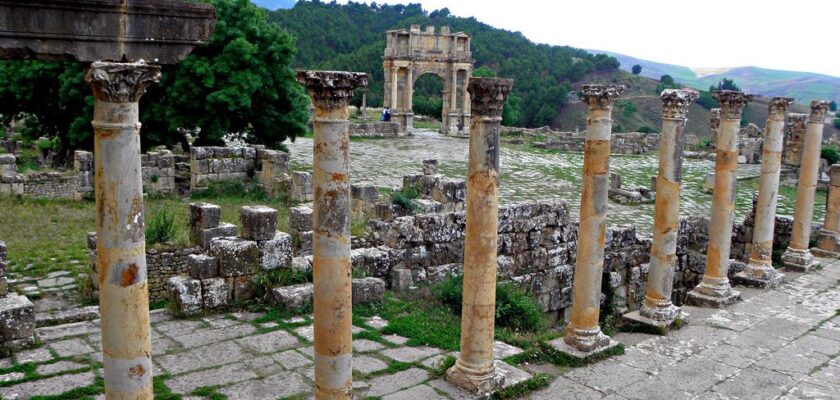Djemila
Djemila is an ancient city located in northern Algeria in the province of Setif, the modern name of the ancient Kuikul, it is home to the most Roman ruins in North Africa. Although the site itself is small, the ruins are well preserved, and you can admire the stunning mosaics in a museum nearby. Jemila has been a UNESCO World Heritage Site since 1982.
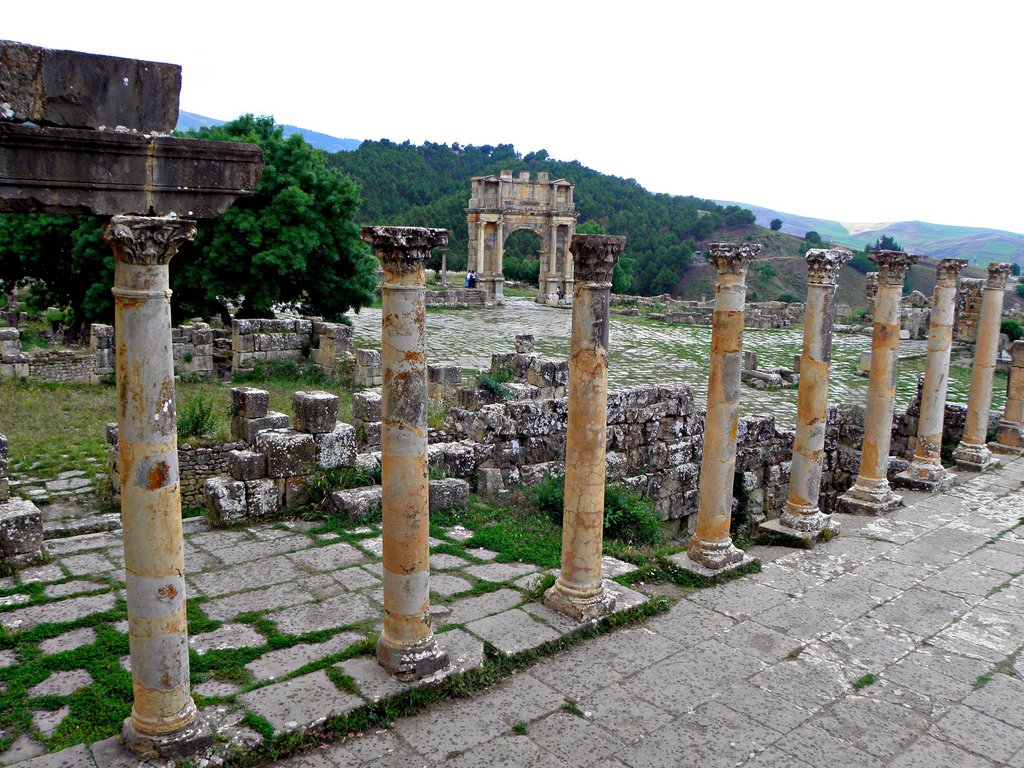
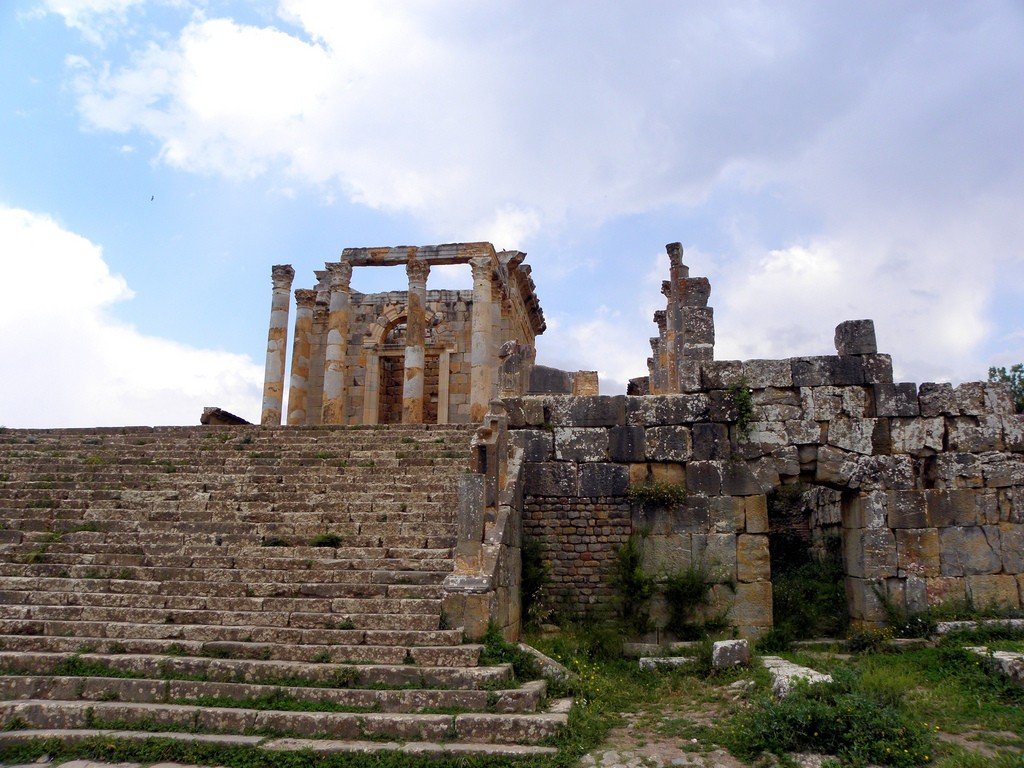
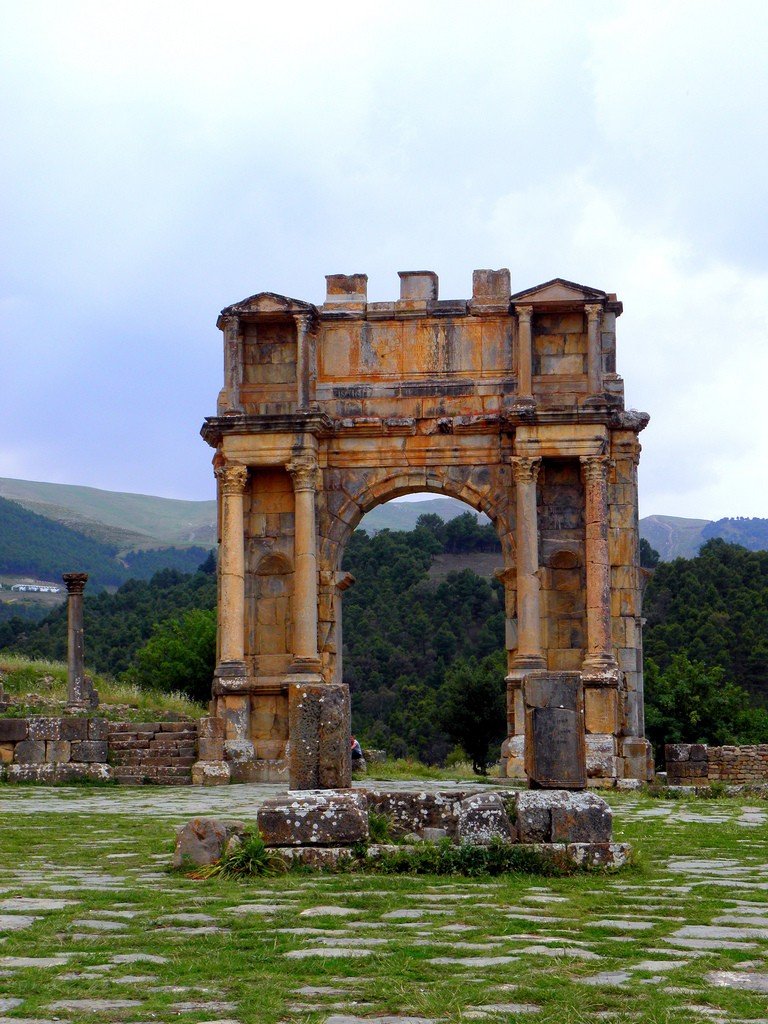
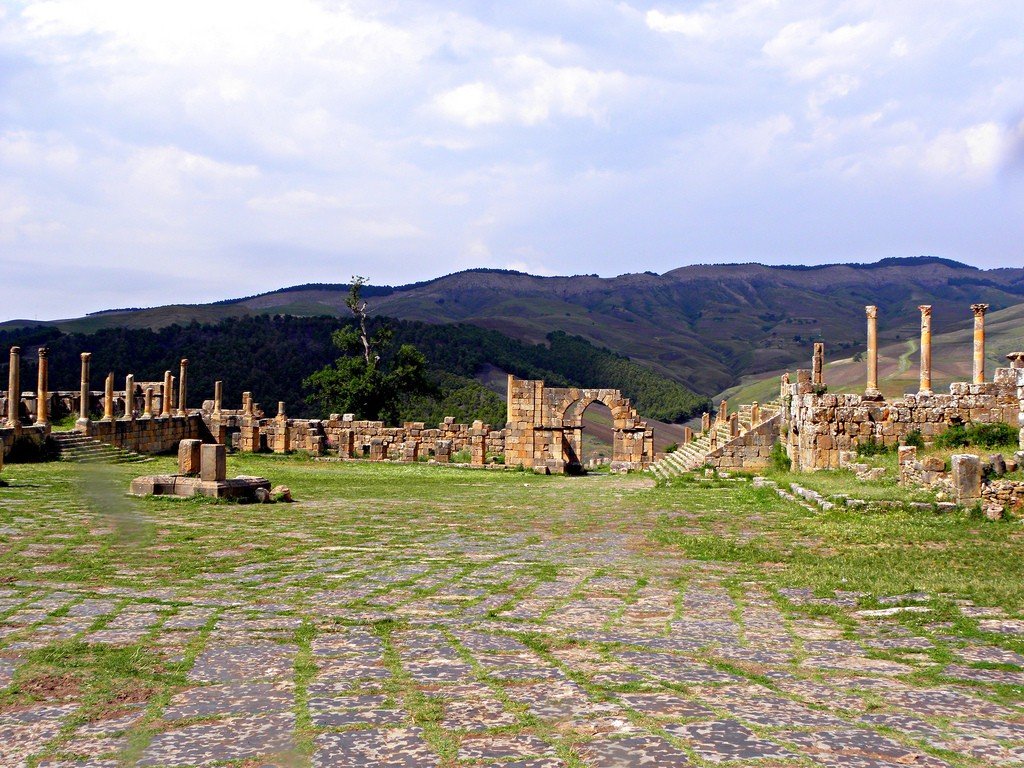
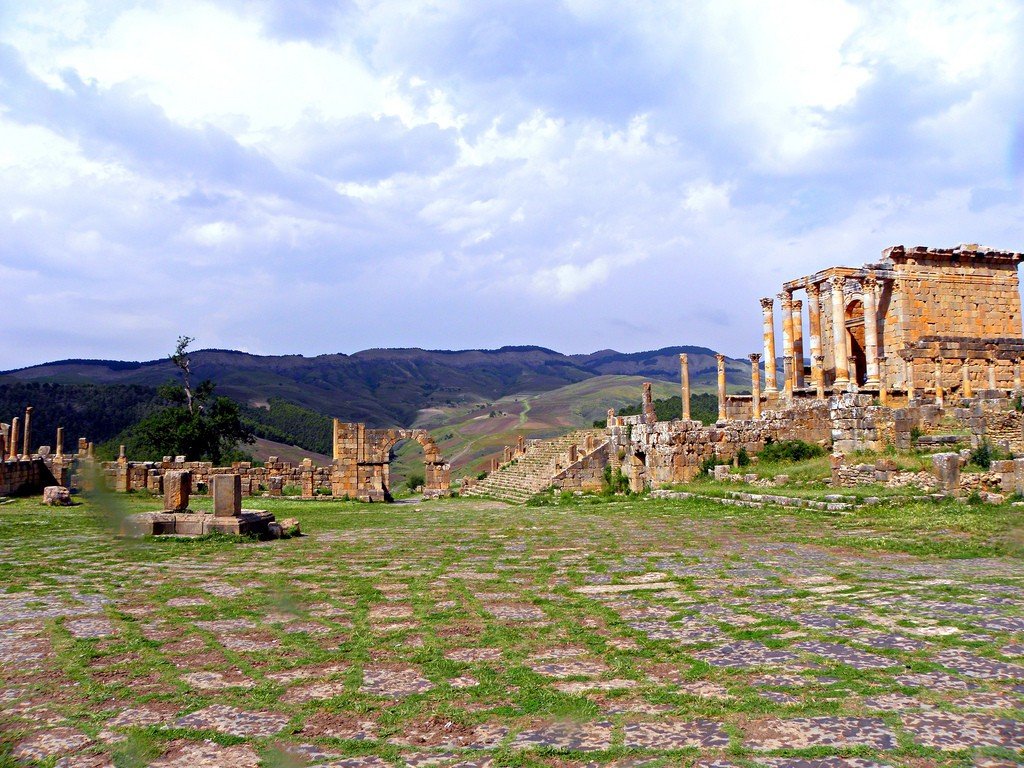
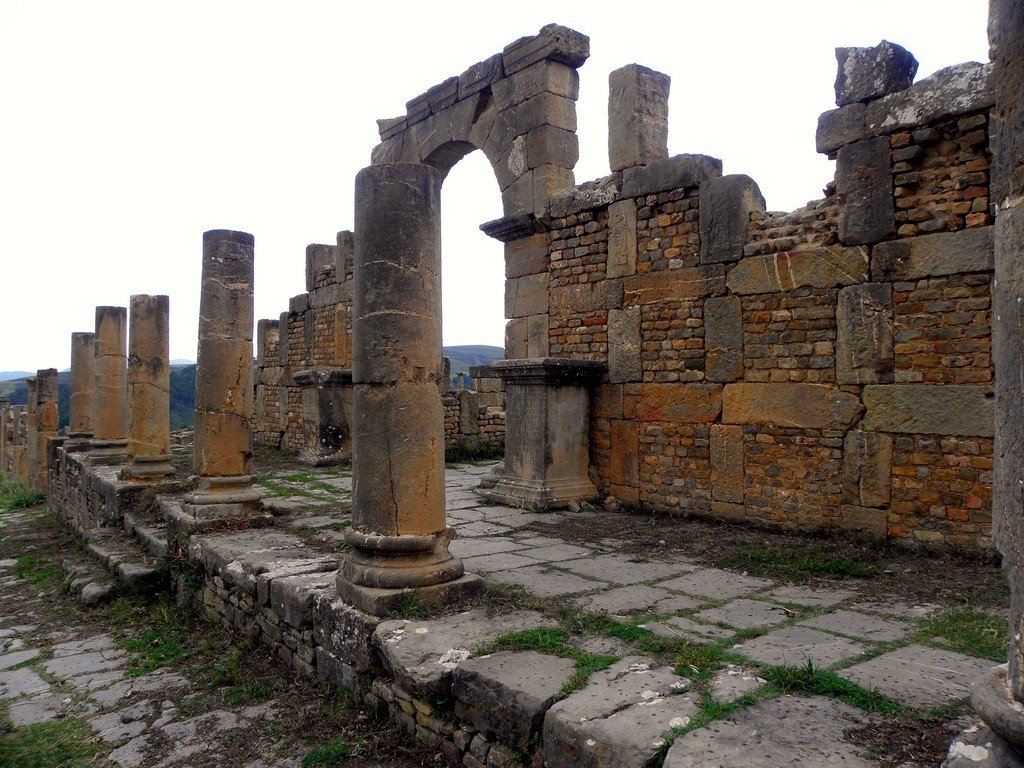
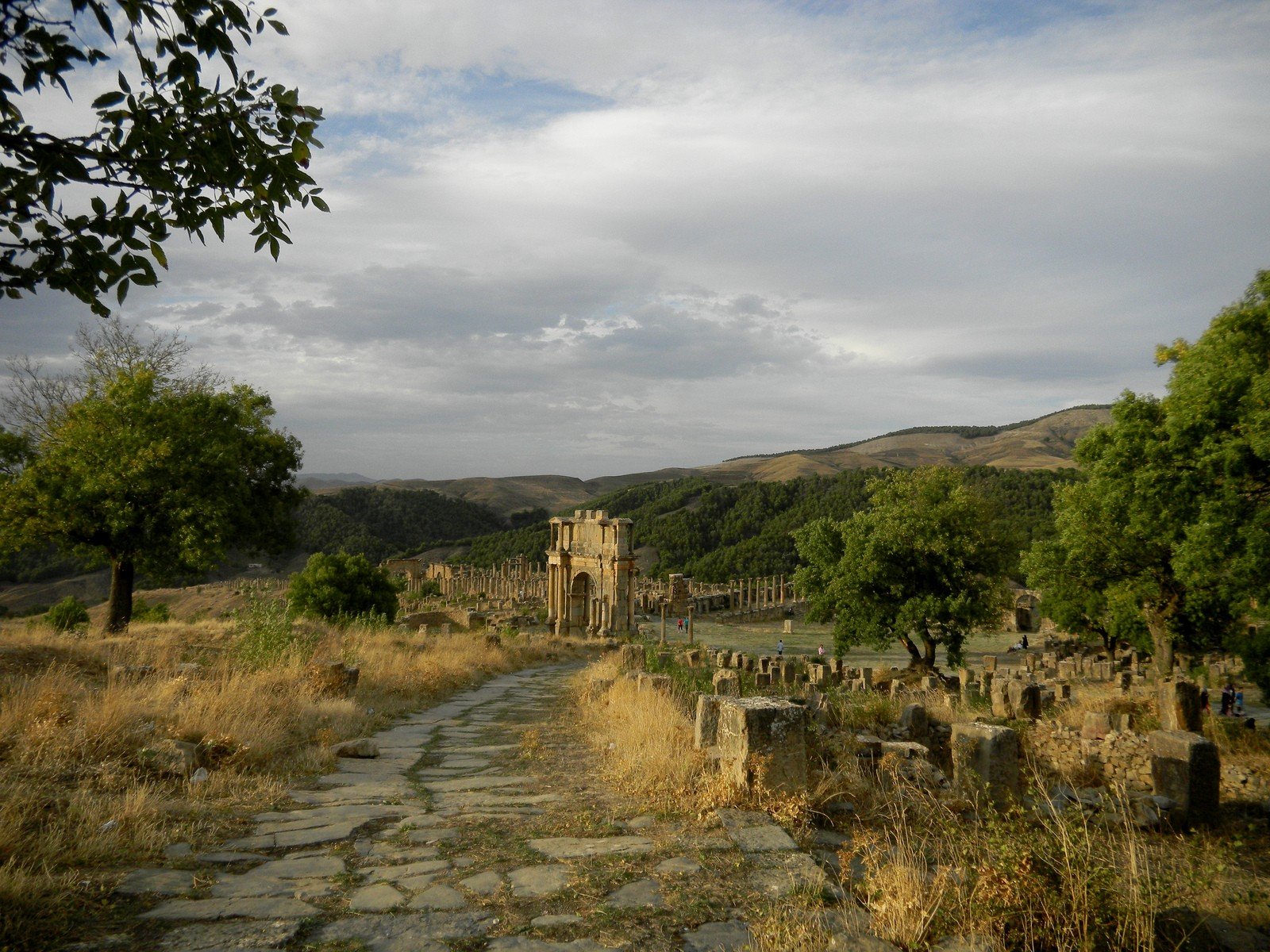
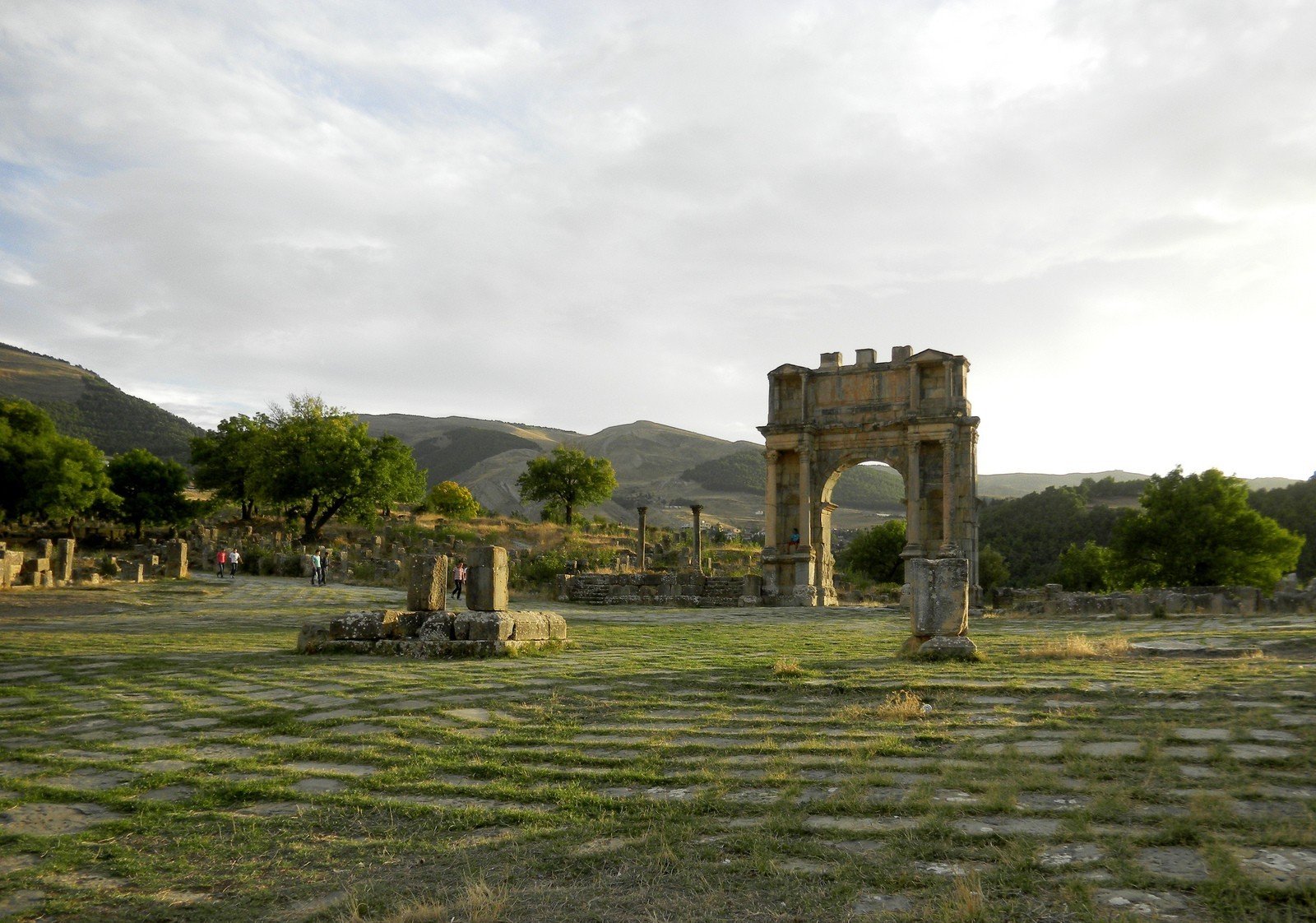
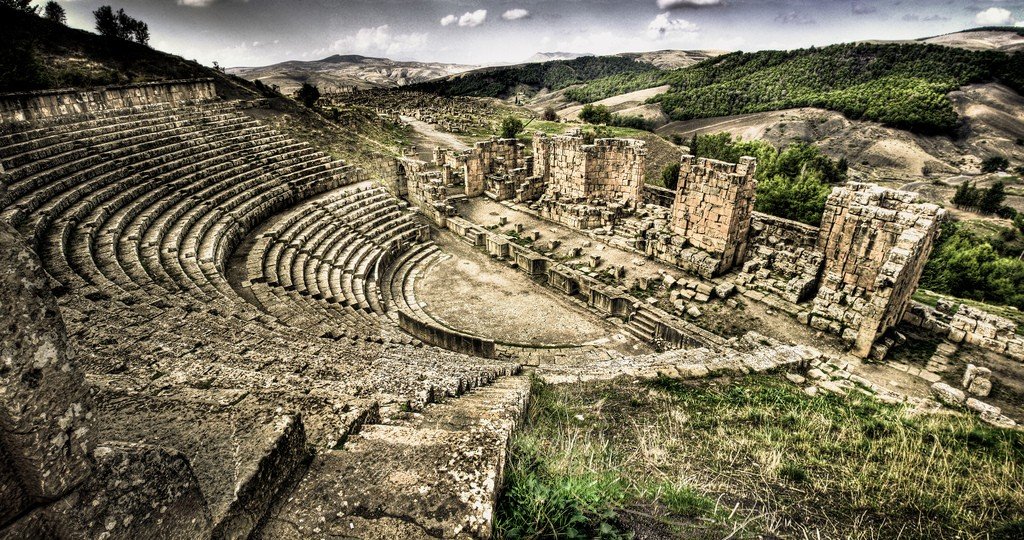
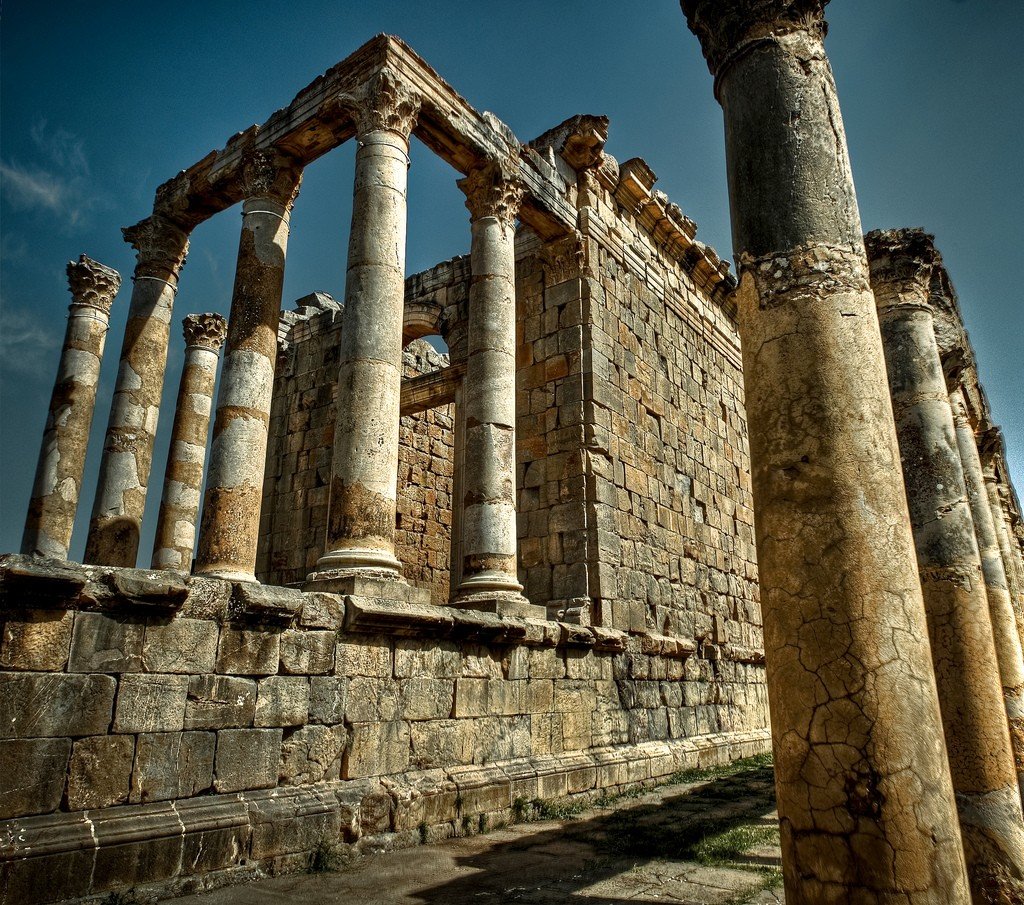
General Information
Tourists who decide to visit Cemila today will be able to travel back in time, as there is a forum, a temple, Christian basilicas, a triumphal arch and houses built by the ancient Romans.
.
The most famous area of the ruins is the so-called House of Europe, named after the famous mosaic. The baptistery is decorated with the original mosaics and the dome above it has been restored, so you can admire the pattern in all its splendor. The large thermae are also in good condition, in many places you can still see the pipes and double panels where the hot water was circulated. Behind the large thermae is a door leading to the former Christian quarter.
.History
Jemila was founded in 96 by order of Emperor Nerva. The city acted as a fortified military camp and was a model of Roman planned construction. Its territory had the shape of a square, where the two main streets were perpendicular to each other and divided the territory into four equal parts. And the first city dwellers were veteran legionaries who received land for their long service to the empire.
.
Over the next four centuries, the city boomed and prospered. A forum, a huge amphitheater capable of holding 5,000 people, baths and luxurious mansions were built. Thanks to the humid climate, the city was drenched in greenery. Wheat was sprouting everywhere, olive groves were expanding, and Algiers was considered the “breadbasket” of Rome.
.The black streak began in 431, when Jemila was captured by the Vandals. The city was only recaptured a century later, in 533. Despite the fact that the Byzantines returned the city’s freedom, people gradually left the city – the climate changed and the desert began to encroach.
.
The first excavations began in 1909. Today, archaeological values are threatened by sandstorms and theft of stone by the surrounding population to build houses.
.
Tourists
The three halls of the museum contain mosaics, marble statues, oil lamps, traditional utensils, and the remains of beautiful mosaics. The majestic Roman baths, the triumphal arch of Emperor Caracalla, the amphitheater and the elegant colonnade that runs along the central street have been well preserved. Of particular note is the Cemila Amphitheater with its stunning acoustics: “If a person standing at the bottom strikes a match, the sound will reach the upper tiers with a small explosion.”
.We also recommend taking a look at the ancient city through the eyes of French writer and philosopher Albert Camus, who dedicated his essay “The Wind in Djemila” to it.
.